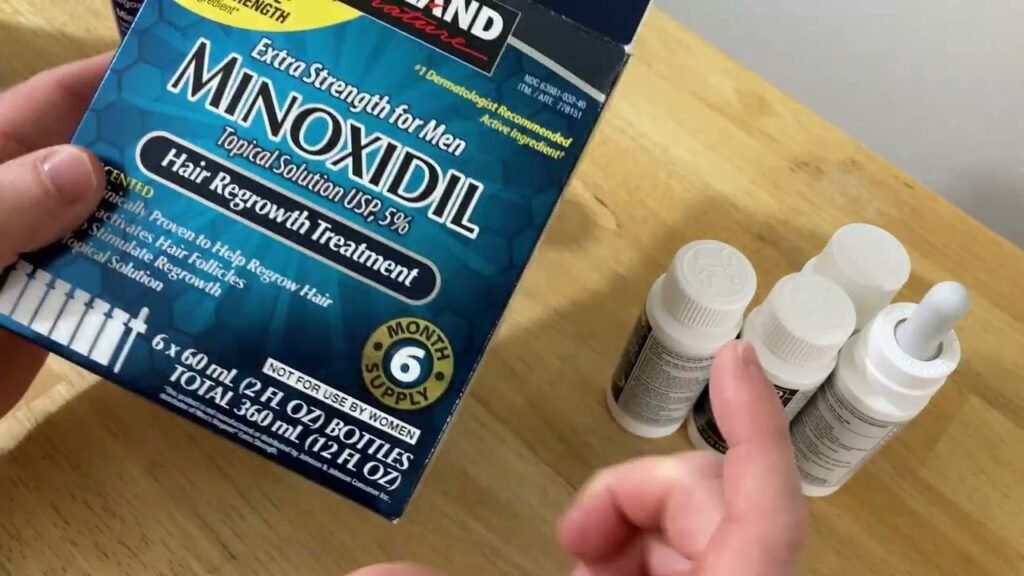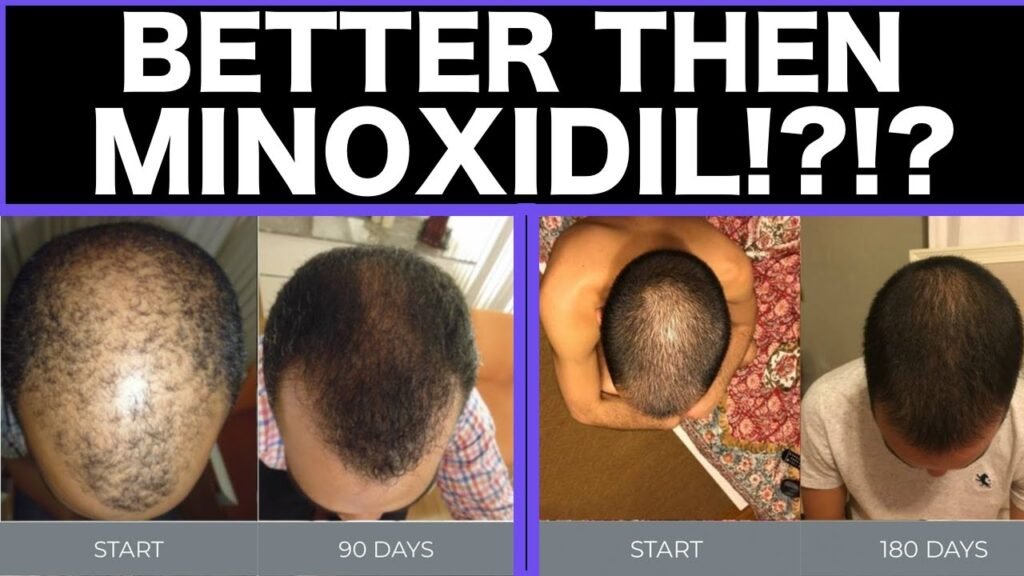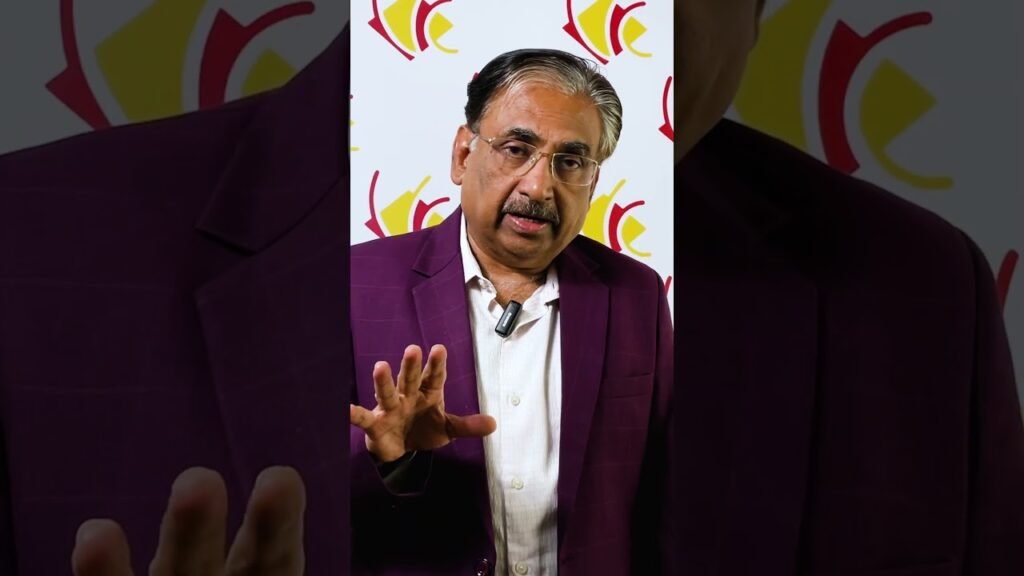What works best: Kirkland vs rogaine
What works best: Kirkland vs Rogaine
When it comes to hair regrowth treatments, Kirkland and Rogaine are two of the most recognized names in the market. Both brands utilize the active ingredient Minoxidil, which is clinically proven to promote hair growth and slow hair loss. However, there are key differences in formulation, price, and user experience that may influence your choice.
Formulation and Application
Rogaine offers a range of products including both foam and liquid solutions, providing options for different preferences and hair types. The foam is particularly popular for its ease of application and quick drying time, making it a convenient choice for many users. Kirkland, on the other hand, primarily offers a liquid solution. Some users find the dropper application method of Kirkland to be more precise, though it might take longer to dry compared to Rogaines foam.
Cost and Value
Price is a significant factor for many consumers, and this is where Kirkland often has the upper hand. Known for its affordability, Kirkland Minoxidil is typically cheaper than Rogaine, which can be a deciding factor for long-term use. Despite the lower cost, Kirklands effectiveness is often reported to be on par with Rogaine, making it a popular choice for budget-conscious individuals seeking a cost-effective solution without compromising on results.
User Experience and Effectiveness
While both Kirkland and Rogaine have garnered positive reviews for their effectiveness in hair regrowth, user experiences can vary. Rogaines foam formulation is often praised for being less greasy and more comfortable to use, which can enhance the overall user experience. However, some users report equally satisfactory results with Kirkland, appreciating its straightforward application process and competitive pricing. Ultimately, the decision between Kirkland and Rogaine may come down to personal preference in terms of application method and budget considerations.


